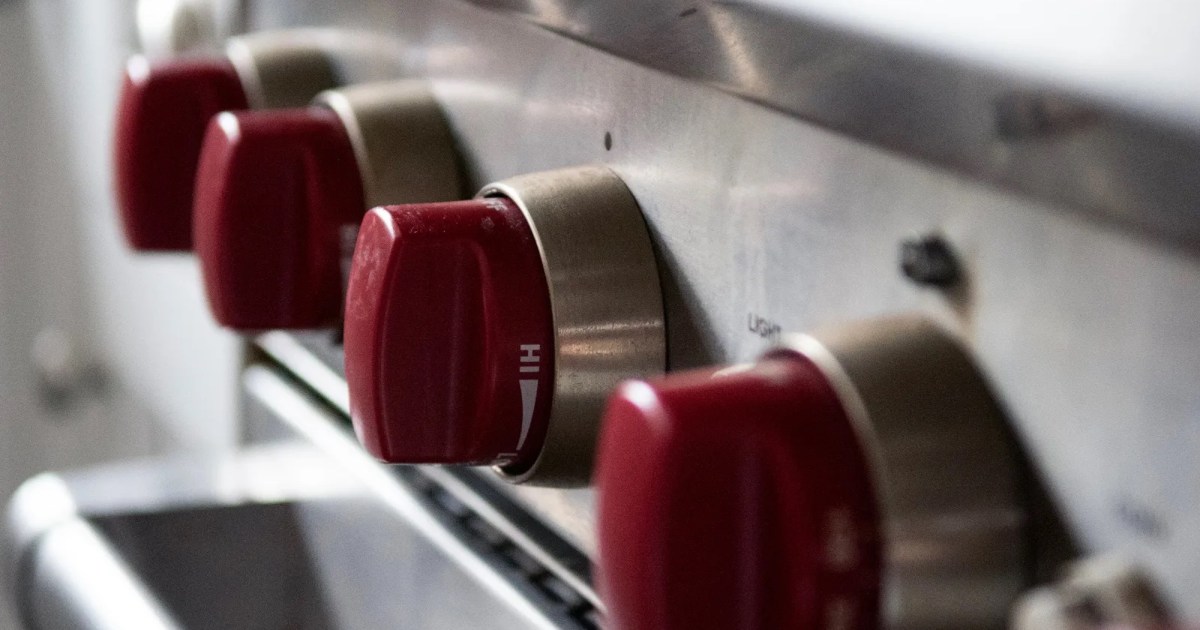Highlights: A study this summer found that using a single gas stove burner on high can raise levels of cancer-causing benzene above what’s been observed from secondhand smoke.
A new investigation by NPR and the Climate Investigations Center found that the gas industry tried to downplay the health risks of gas stoves for decades, turning to many of the same public-relations tactics the tobacco industry used to cover up the risks of smoking. Gas utilities even hired some of the same PR firms and scientists that Big Tobacco did.
Earlier this year, an investigation from DeSmog showed that the industry understood the hazards of gas appliances as far back as the 1970s and concealed what they knew from the public.
It’s a strategy that goes back as far back as 1972, according to the most recent investigation. That year, the gas industry got advice from Richard Darrow, who helped manufacture controversy around the health effects of smoking as the lead for tobacco accounts at the public relations firm Hill + Knowlton. At an American Gas Association conference, Darrow told utilities they needed to respond to claims that gas appliances were polluting homes and shape the narrative around the issue before critics got the chance. Scientists were starting to discover that exposure to nitrogen dioxide—a pollutant emitted by gas stoves—was linked to respiratory illnesses. So Darrow advised utilities to “mount the massive, consistent, long-range public relations programs necessary to cope with the problems.”
These studies didn’t just confuse the public, but also the federal government. When the Environmental Protection Agency assessed the health effects of nitrogen dioxide pollution in 1982, its review included five studies finding no evidence of problems—four of which were funded by the gas industry, the Climate Investigations Center recently uncovered.
Karen Harbert, the American Gas Association’s CEO, acknowledged that the gas industry has “collaborated” with researchers to “inform and educate regulators about the safety of gas cooking appliances.” Harbert claimed that the available science “does not provide sufficient or consistent evidence demonstrating chronic health hazards from natural gas ranges”—a line that should sound familiar by now.



We have an electric stove but a gas fireplace and a gas furnace/water heater. Is that just as bad?
I would guess the fireplace it just goes out the chimney if there is one, and just as bad if there isn’t one
I don’t think so, because the benzene source isn’t right there in front of you like with a stove burner. The fireplace is probably alright because of the chimney, and the larger worry there would be particulate matter and smoke anyway.
Where does the exhaust from the furnace and water heater go? If it goes through a vent system and then outside it should be fine. It might be fine otherwise even, if it becomes diluted when becoming in the general atmosphere of your home.
Disclaimer, I am not an expert on emissions nor venting. I studied chemistry and chem eng in college, but this isn’t my professional field.
We also keep the doors to the fireplace closed when we’re not using it. So that probably helps keep the fumes out of the house.
Your furnace should be vented directly to the outside like your fireplace. Gas stoves only require the vent hood, which does some good work on venting the room, but the user is still exposed to those output gases before they can be vented. That also assumes the user even uses the vent hood. Pretty wild when you think about it.
Good to know. Thanks!
Wait I totally misread your comment. I thought you said furnace. Your gas fireplace sounds like it’s of the ventless variety which I just read up on now. I don’t think these are even permitted for use where I live. You’re right to be cautious with it.
I said we had both, which isn’t great.
Unless your furnace isn’t vented, it’s fine. The ventless gas fireplace though would be just as bad as a gas stove, if not worse because as the name implies it’s not vented.
Gas fireplaces usually work by separate chambers, the burn off/exhaust is drawn out the flue while a fan rotates cool air around the heated box and then back out into the house.
Gas water heaters can leak exhaust into the house if the vent hood isn’t properly pulling air out of the house. I recall using a match to test that it pulled the smoke up and out.